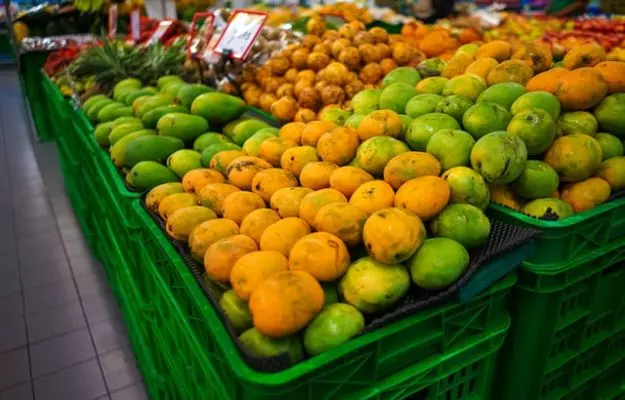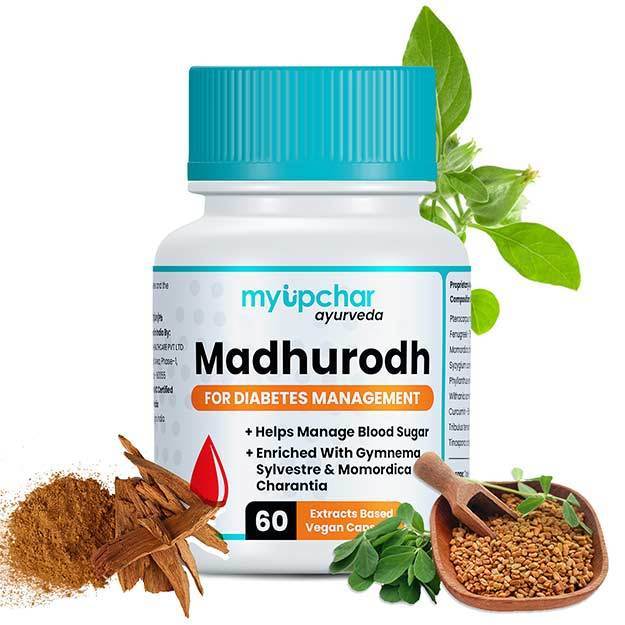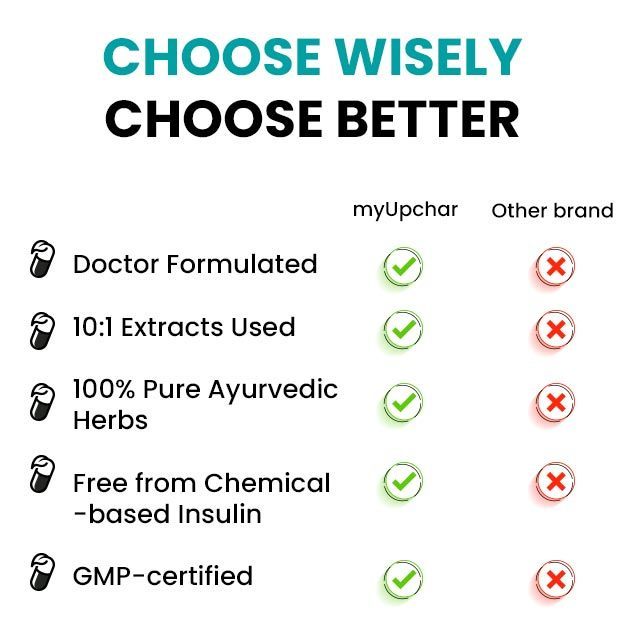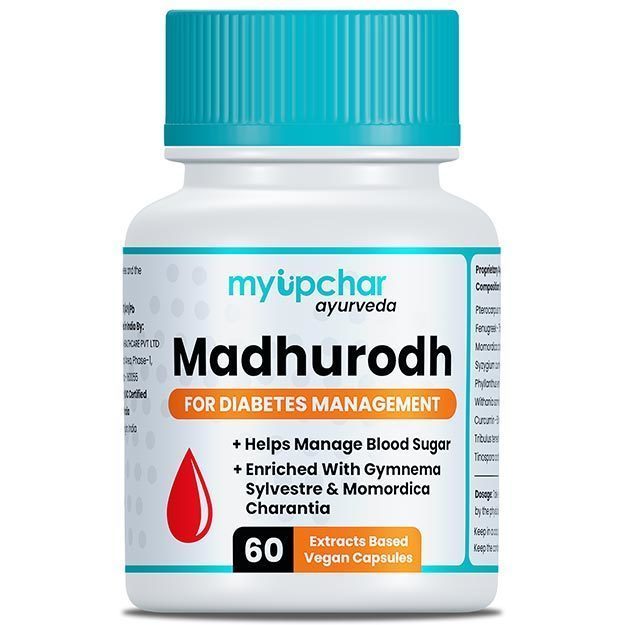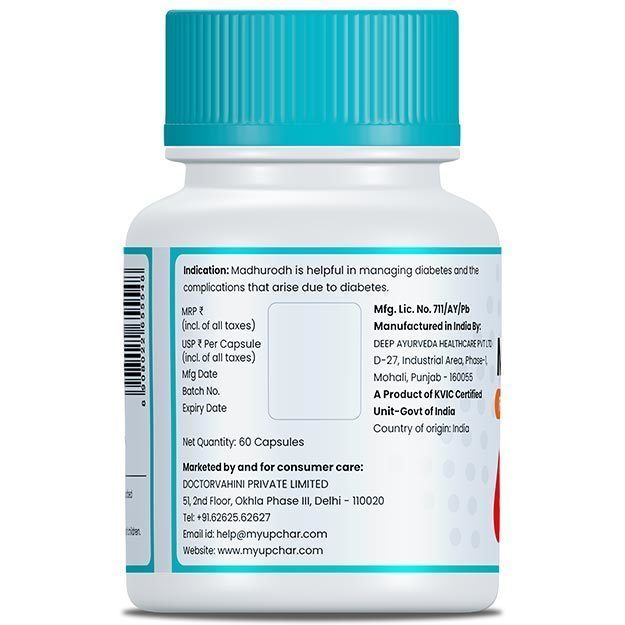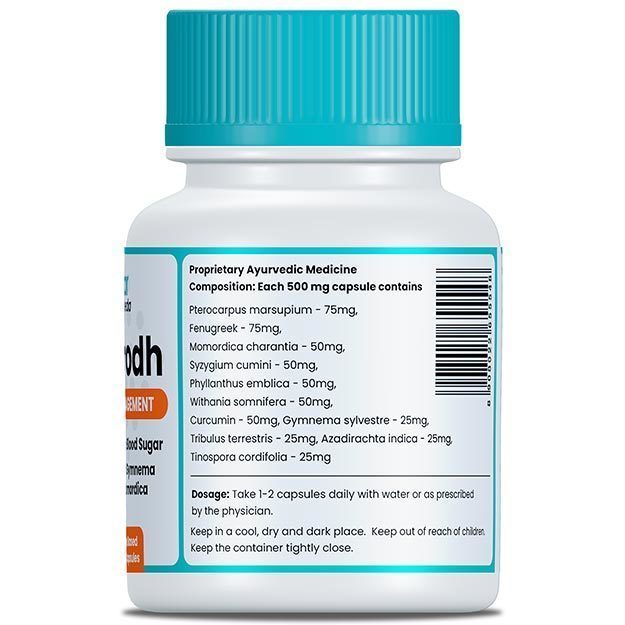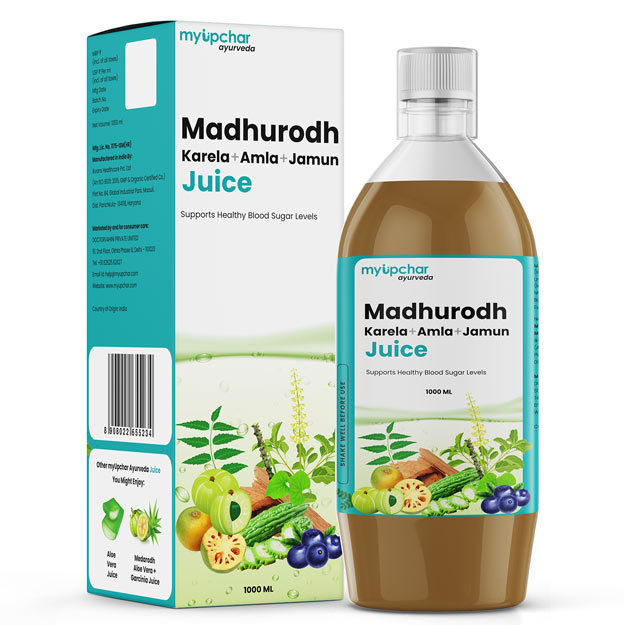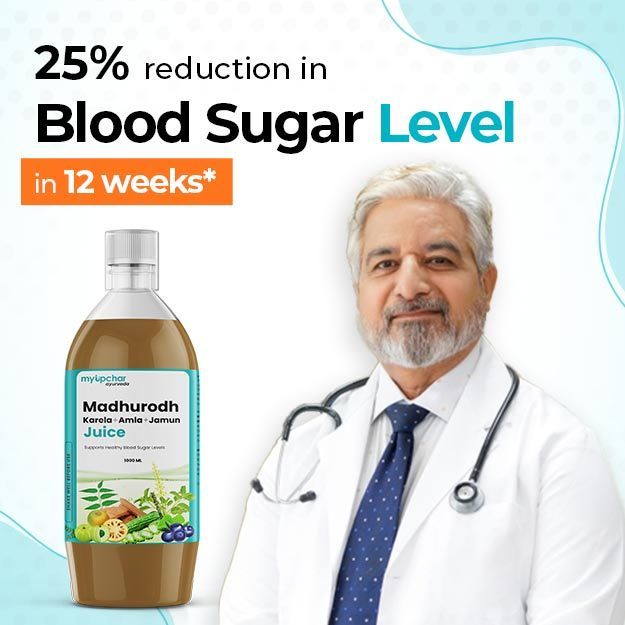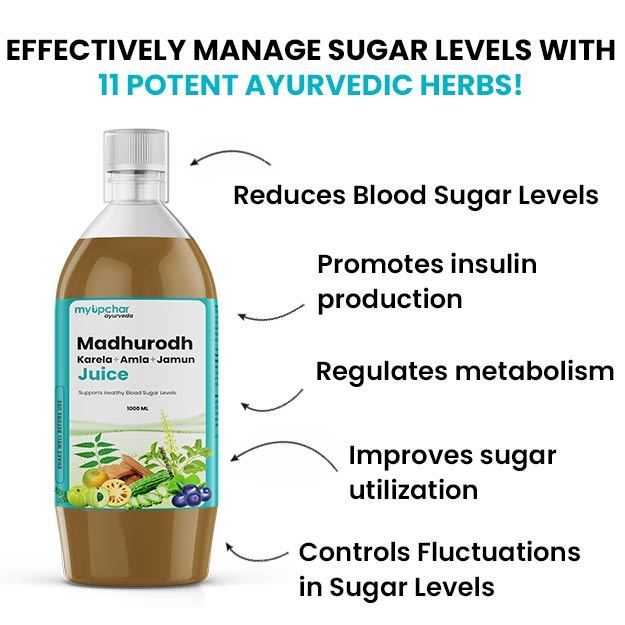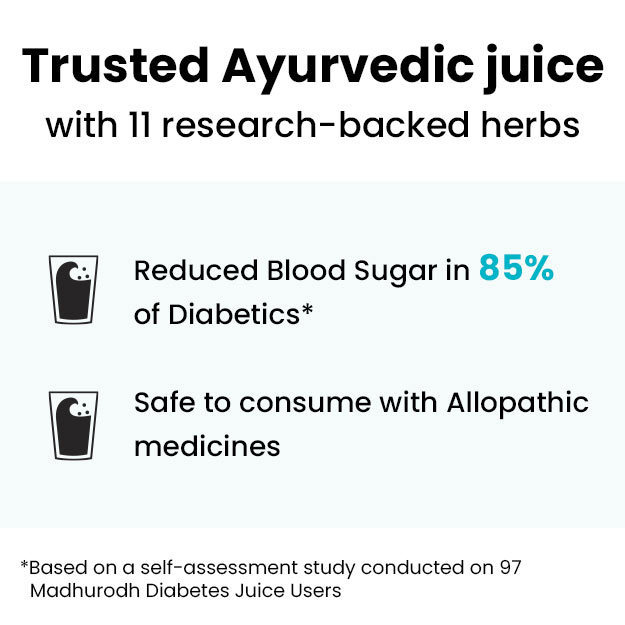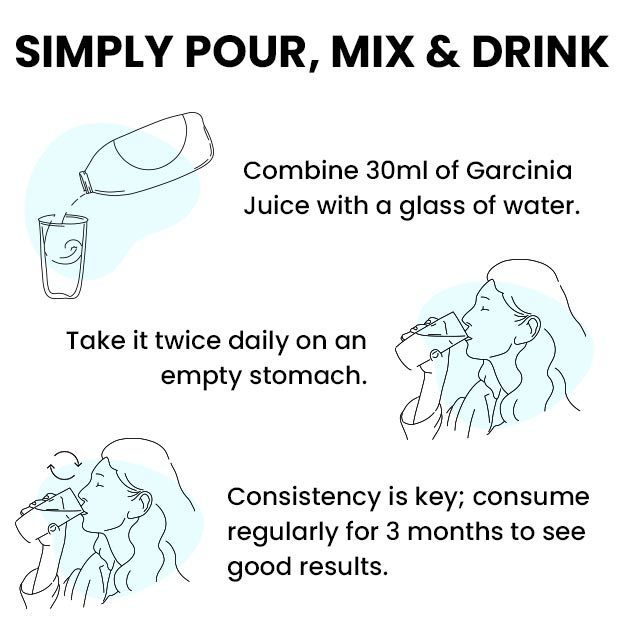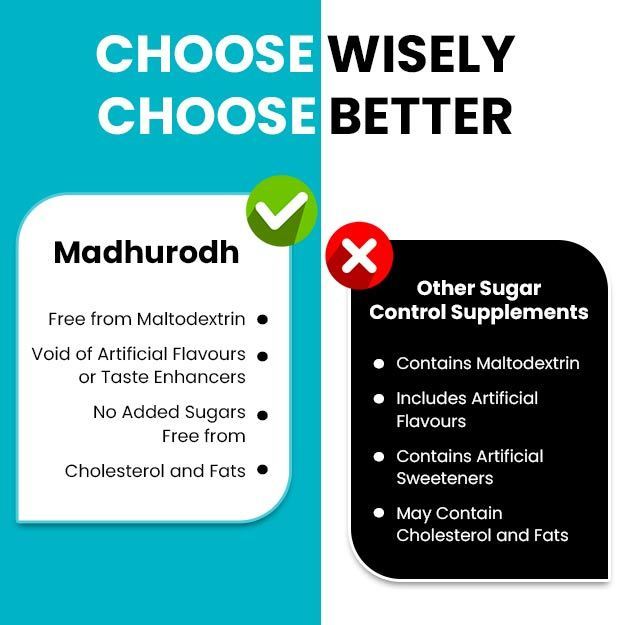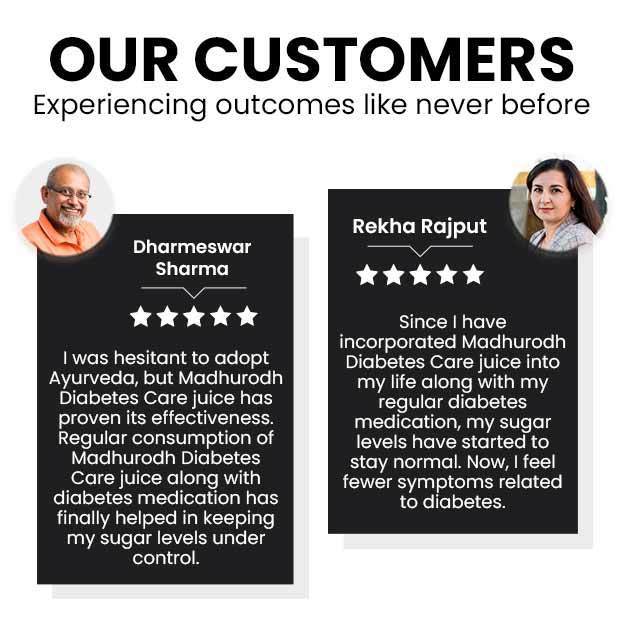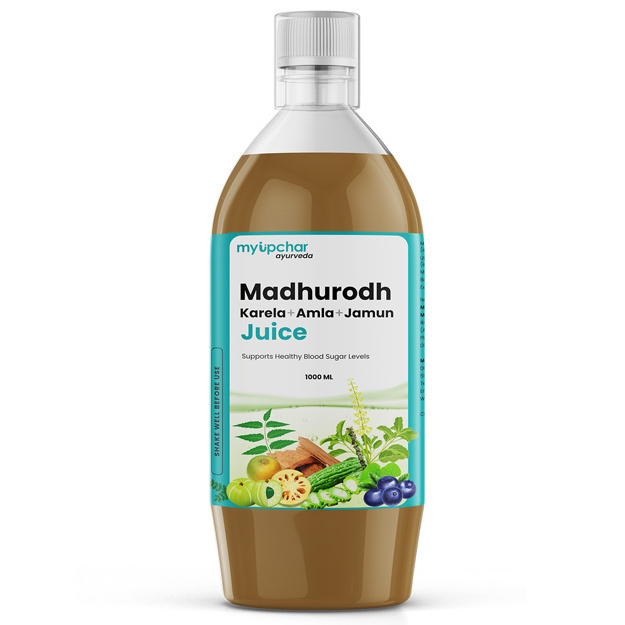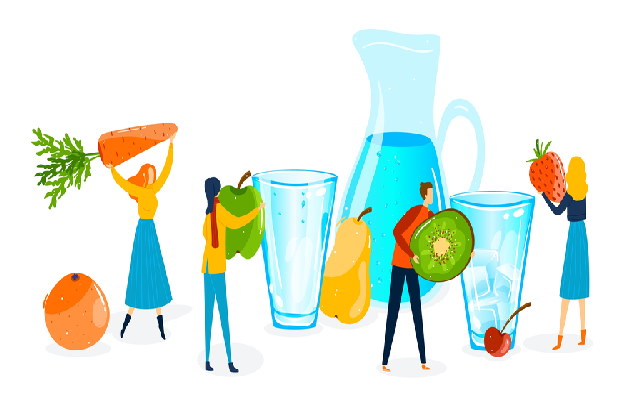Sweet, succulent and perfect on a hot summer day, mango is considered to be "the king of all fruits" with good reason. Ripe mangoes are the perfect package of deliciousness and nutrition. Eat them as they are, or turn them into mango shake, aamras, mango shrikhand, mango custard, aampapad or mango kulfi!
To know how to do ayurvedic treatment of diabetes, definitely click on this link.
This fruit might now be grown in most parts of the world, but India has about 1,000 unique and tasty varieties of mango - we are one of the major global exporters of fresh mangoes. No wonder this fruit is specially celebrated in India during the summer months.
Wonderful as mangoes are, there is another reality we have to face. They have high sugar content: every 100 grams of mangoes contain 15 grams of carbohydrates of which 14 grams is natural sugar. If you - like 72.96 million other Indians - have diabetes, you might believe that you’ll have to give this fruit up completely.
Mango is known to be packed with natural sugar and carbohydrates. So it might seem logical to assume that eating even a slice of this fruit can shoot up the blood sugar levels and worsen your condition. Despite this assumption, recent research has shown that mangoes are actually not unhealthy and can be consumed by people with diabetes. Here is everything you need to know about whether or not it is safe to have mangoes when you have diabetes:
(Read More - Home Remedies for Diabetes Treatment)


